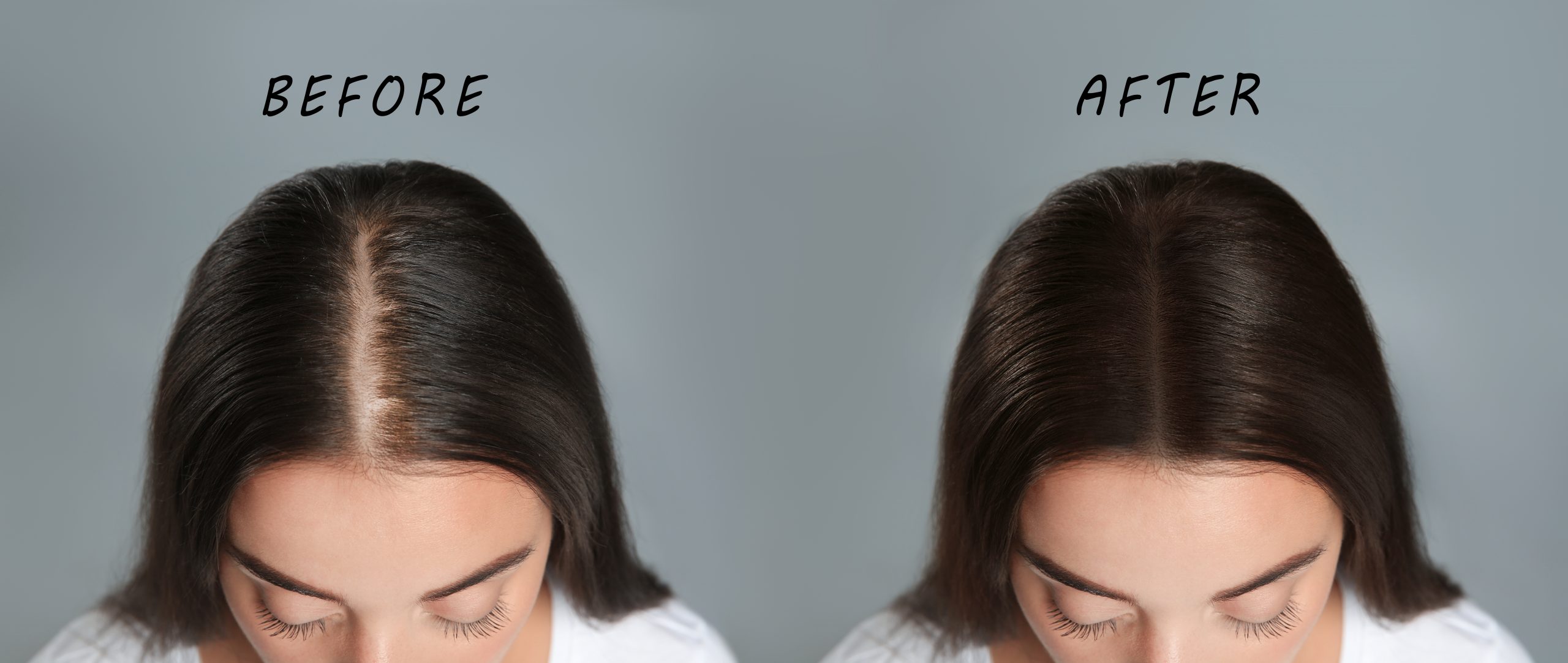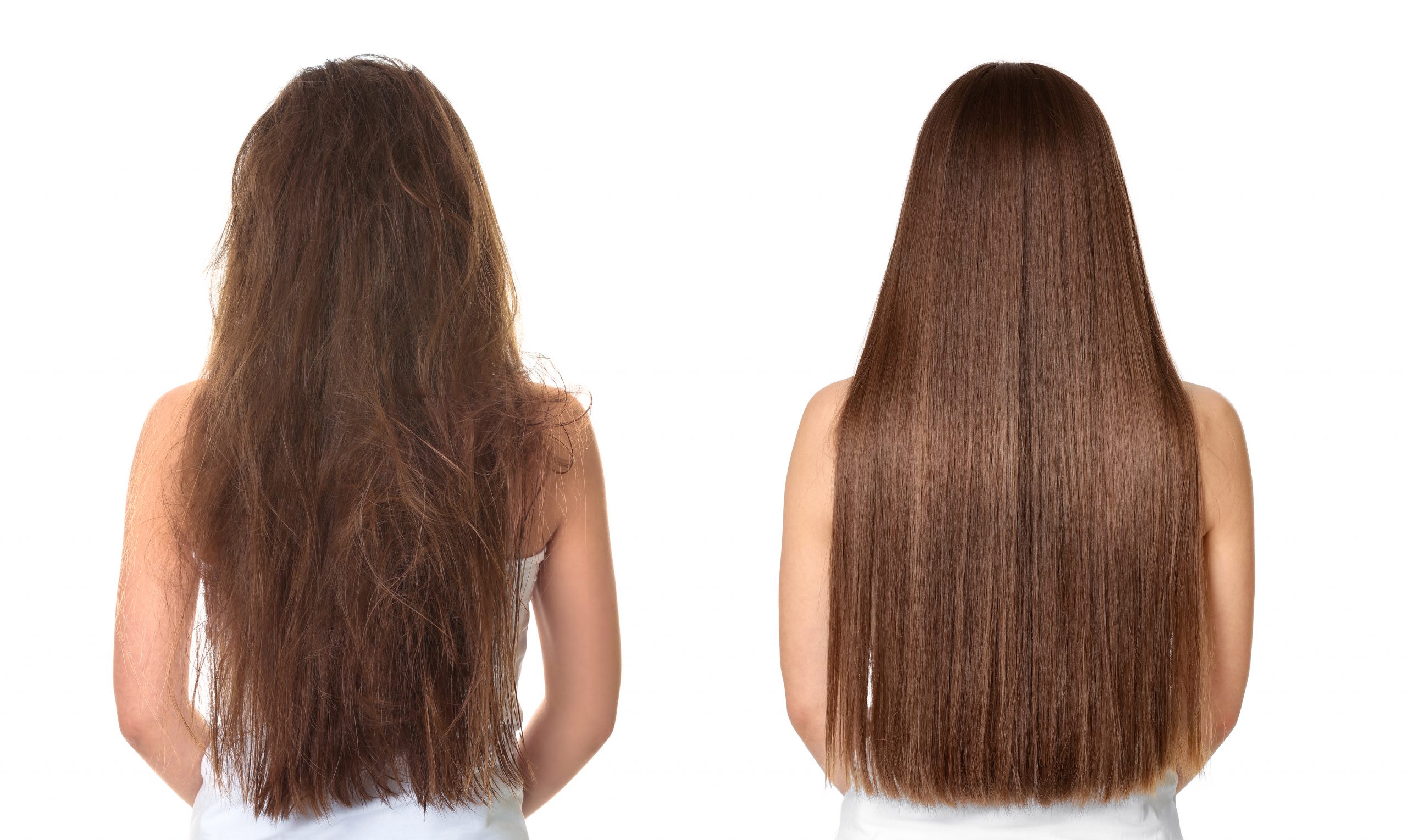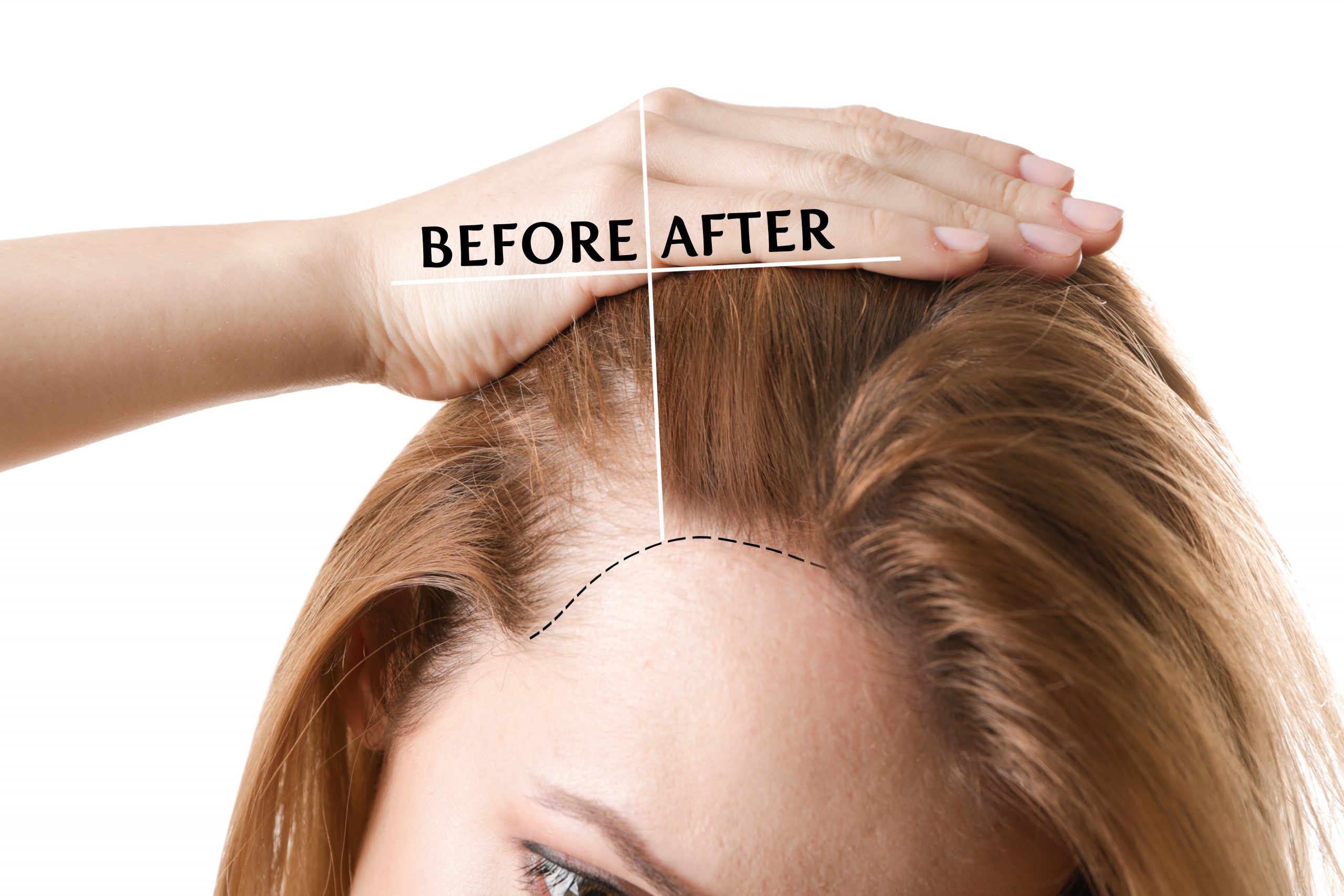Hair is an essential part of our identity and appearance, and it plays a significant role in our self-esteem. Understanding the science behind hair growth and hair loss can provide valuable insights into maintaining healthy hair and managing hair loss concerns. In this article, we will delve into the fascinating world of hair biology to help you understand the factors that influence hair growth and the mechanisms behind hair loss.
Hair Growth Cycle:
Hair growth is a cyclical process that occurs in three main phases: anagen, catagen, and telogen.
- Anagen Phase: The anagen phase is the active growth phase, during which the hair follicle produces new hair. This phase typically lasts between two to six years and determines the length of the hair.
- Catagen Phase: The catagen phase is a transitional phase that lasts for a few weeks. During this phase, the hair follicle shrinks, and the hair detaches from the blood supply. The growth stops, and the follicle prepares for the next phase.
- Telogen Phase: The telogen phase is the resting phase, lasting around two to three months. The hair follicle remains inactive, and the old hair eventually sheds, making way for new hair to grow.
Factors Affecting Hair Growth:
Several factors influence hair growth, including genetics, age, hormonal changes, nutritional status, and overall health.
- Genetics: The genes inherited from your parents play a significant role in determining your hair growth rate, density, and pattern. Genetic factors can influence the duration of the anagen phase and the sensitivity of hair follicles to hormones.
- Hormonal Changes: Hormonal fluctuations, such as those occurring during puberty, pregnancy, and menopause, can impact hair growth. Androgens, including dihydrotestosterone (DHT), can shrink hair follicles, leading to gradual miniaturization of the hair and eventual hair loss.
- Nutritional Status: Proper nutrition is essential for healthy hair growth. Nutrients such as vitamins, minerals, and proteins contribute to the production of keratin, the protein that makes up hair strands. A balanced diet with adequate protein, vitamins (especially biotin and vitamin D), and minerals (such as iron and zinc) promotes optimal hair growth.
- Medical Conditions: Certain medical conditions, such as thyroid disorders, autoimmune diseases, and scalp infections, can disrupt the hair growth cycle and contribute to hair loss. Treating the underlying condition is crucial for managing hair loss.
Hair Loss:
Hair loss, or alopecia, can occur due to various reasons, and understanding the underlying causes can help in appropriate management.
- Androgenetic Alopecia: Also known as male or female pattern baldness, androgenetic alopecia is the most common cause of hair loss. It is influenced by genetics and hormonal factors, leading to progressive hair thinning and eventual baldness.
- Telogen Effluvium: Telogen effluvium is a condition in which an increased number of hair follicles enter the telogen phase prematurely, leading to excessive shedding. It can be triggered by significant physical or emotional stress, hormonal changes, nutritional deficiencies, or certain medications.
- Alopecia Areata: Alopecia areata is an autoimmune condition in which the immune system mistakenly attacks the hair follicles, leading to patchy hair loss. It can affect any hair-bearing area of the body.
- Traction Alopecia: Traction alopecia occurs when excessive tension is applied to the hair, often due to tight hairstyles, hair extensions, or constant pulling. Over time, this can damage the hair follicles and result in hair loss.
Managing Hair Loss:
While some forms of hair loss may be irreversible, various





